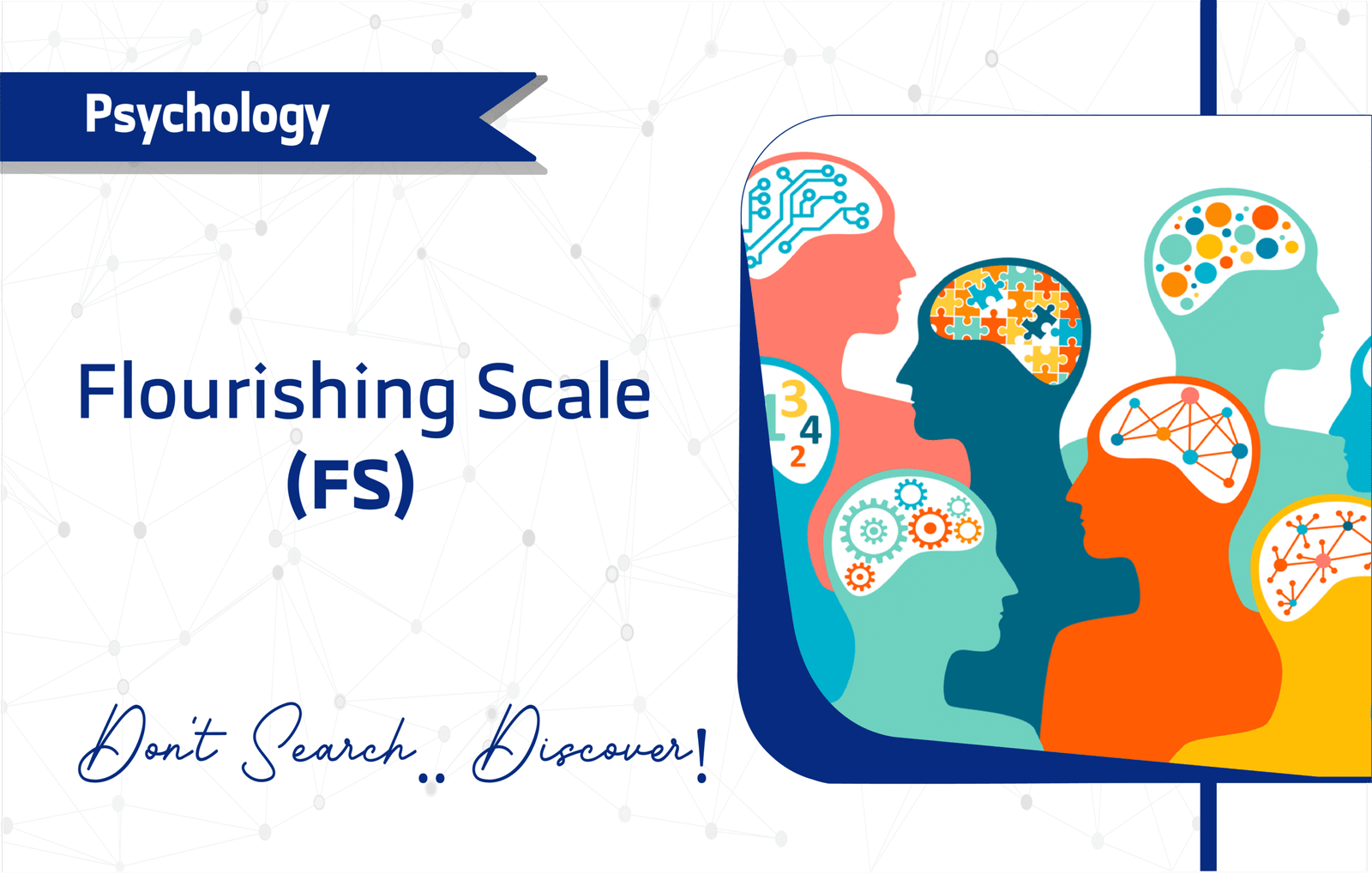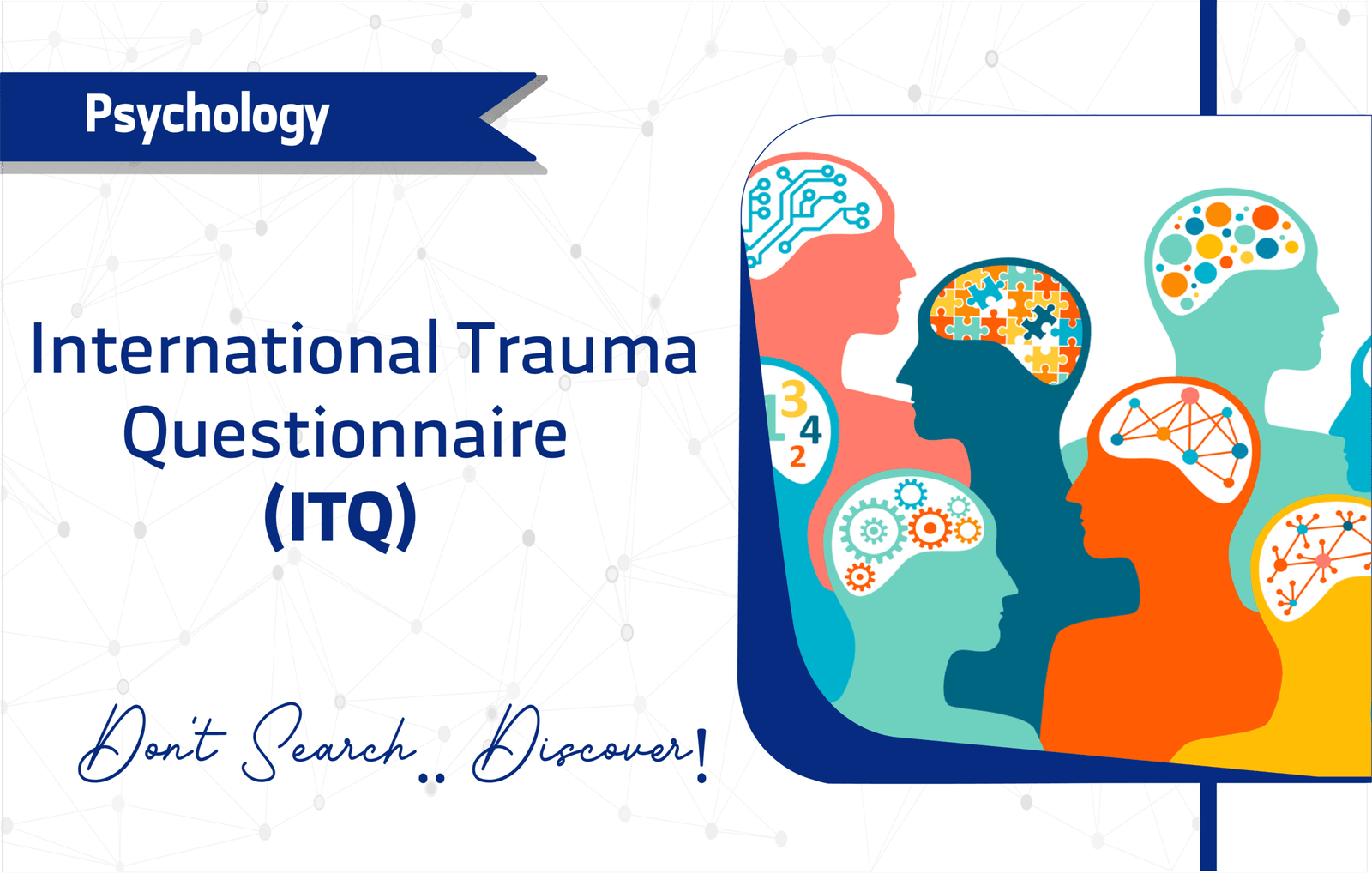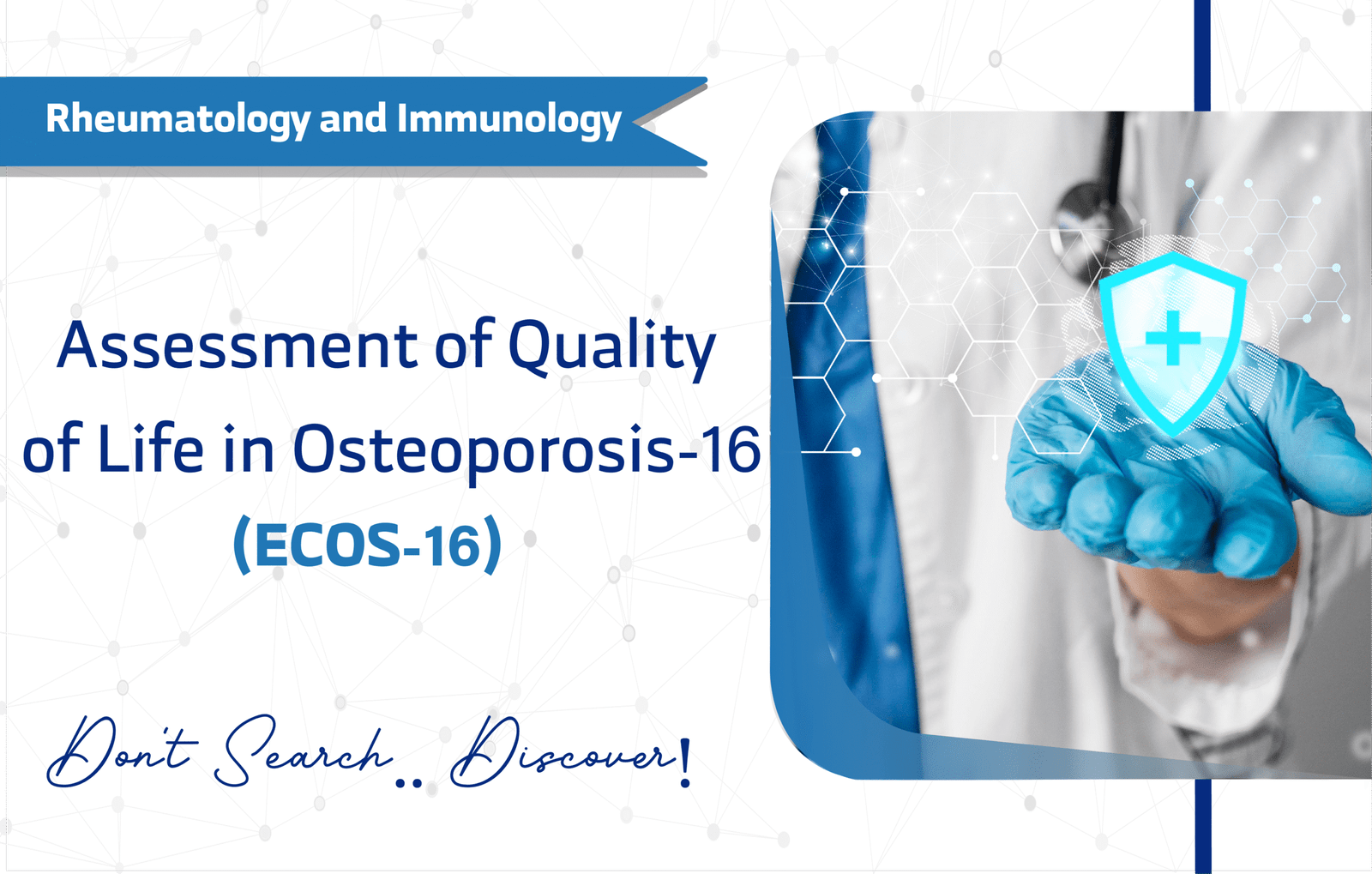Introduction
Life satisfaction significantly influences mental health and overall well-being. Consequently, the Satisfaction with Life Scale (SWLS), developed by Ed Diener, Robert A. Emmons, Randy J. Larsen, and Sharon Griffin in 1985, serves as a cornerstone in positive psychology research. With over 47,000 citations on Google Scholar, this concise 5-item questionnaire evaluates global cognitive judgments of life satisfaction, making it a vital tool for researchers and clinicians. Published in the Journal of Personality Assessment, the SWLS offers robust psychometric properties and cross-cultural applicability (Diener et al., 1985).
This article provides a comprehensive guide to the SWLS, detailing its purpose, structure, applications, and clinical utility for advancing well-being research and practice.
Key Features of the Satisfaction with Life Scale (SWLS)
Purpose and Use
The SWLS is designed to assess global cognitive judgments of life satisfaction, focusing on how individuals evaluate their lives based on their personal standards. Unlike tools measuring emotional well-being, it specifically targets the cognitive aspect of subjective well-being, making it ideal for research and clinical settings exploring overall life satisfaction.
Target Population
The SWLS suits adults aged 18 and older. Specifically, it targets:
- Young adults (18–24 years)
- Middle-aged adults (25–44 years)
- Older adults (45–64 years)
- Seniors (65+ years)
- High school and college/university students
Additionally, validation studies support its use among adolescents, broadening its applicability.
Questionnaire Details
The SWLS consists of five statements covering:
- Ideal life comparison
- Life conditions
- Satisfaction levels
- Important achievements
- Life contentment
Each item uses a 7-point Likert scale (1 = Strongly disagree, 7 = Strongly agree), yielding a total score from 5 to 35. Higher scores indicate greater life satisfaction, making it straightforward for researchers to interpret.
Scoring and Interpretation
The SWLS employs a 7-point Likert scale, with scores ranging from 5 to 35. Researchers sum the responses to obtain a total score, categorized as follows:
- 31–35: Extremely satisfied
- 26–30: Satisfied
- 21–25: Slightly satisfied
- 20: Neutral
- 15–19: Slightly dissatisfied
- 10–14: Dissatisfied
- 5–9: Extremely dissatisfied
These interpretive categories allow clinicians to assess life satisfaction levels, while researchers can use percentile thresholds for comparative analyses. For instance, a score of 15 might prompt further exploration of dissatisfaction sources.
Administration Format
The SWLS is highly flexible, administered via:
- Paper-based forms
- Digital (online) platforms
- In-person interviews
- Phone or video calls
Its brief completion time, less than 5 minutes, makes it ideal for busy settings.
Applications of Satisfaction with Life Scale (SWLS)
The SWLS serves multiple purposes in research and clinical practice:
- Screening: Identifies individuals with low life satisfaction, signaling potential mental health concerns.
- Monitoring: Tracks changes in life satisfaction over time or during interventions.
- Research: Supports studies on subjective well-being, quality of life, and mental health outcomes.
For example, researchers might analyze SWLS trends to inform well-being interventions, while clinicians use scores to tailor counseling strategies.
Other Versions And Related Questionnaires
The SWLS complements other tools, such as:
- Positive and Negative Affect Schedule (PANAS): Measures emotional well-being.
- Scale of Positive and Negative Experience (SPANE): Assesses positive and negative experiences.
- Quality of Life Inventory (QOLI): Evaluates domain-specific quality of life.
- Personal Wellbeing Index (PWI): Assesses well-being across multiple domains.
Pairing the SWLS with these tools provides a holistic view of psychological health.
Language and availability
To ensure global accessibility, the SWLS is available in multiple languages, including:
- Arabic
- English
- Mandarin Chinese
- Spanish
- French
- German
- Portuguese
- Japanese
- Hindi
- Dozens of additional languages
This multilingual support enhances its utility in diverse research and clinical contexts.
The SWLS is in the public domain, free for use without requiring permission, which facilitates its adoption in both non-commercial and academic settings.
Reliability and Validity
The SWLS boasts strong psychometric properties, with a Cronbach’s alpha ranging from 0.79 to 0.89, indicating high internal consistency. Validation studies, such as those for German (Glaesmer et al., 2011) and Brazilian populations (Gouveia et al., 2009), confirm its reliability across cultures. Moreover, studies validate its use among high school (Funk, 2006) and university students (Durak, 2010), as well as adolescents (Bendayan et al., 2013). Its sensitivity to cognitive judgments ensures accurate assessment of subjective well-being.
- Original Validation Study study link
Limitations and Considerations
Despite its strengths, the SWLS has a few limitations:
- Self-Report: Responses may reflect social desirability bias or personal interpretation.
- Narrow Focus: Assesses only cognitive life satisfaction, not emotional or domain-specific well-being.
- Age Restrictions: Primarily validated for adults, with limited use in children under 13.
- Short-Term Changes: Less effective for tracking short-term fluctuations in well-being.
Additional Resources
For more information on the SWLS, explore these resources:
- Original Validation Study study link
- Access the SWLS as a PDF
- Further validation study:
- German version study link
- Brazilian version study link
- Validation for high school students study link
- Validation for university students study link
- Adolescents validation study study link
- For inquiries, contact Ed Diener diener@psych.utah.edu
- For additional SWLS resources, consult Taylor & Francis
Frequently Asked Questions (FAQ)
- Who can use the SWLS?
Researchers, clinicians, and healthcare providers use the SWLS for adults aged 18 and older, with validated use in adolescents. - How long does it take to complete the SWLS?
It takes less than 5 minutes, making it ideal for time-sensitive settings. - How is the SWLS administered?
It can be administered via paper, digital platforms, interviews, or phone/video calls, offering flexibility. - Is there any cost to using the SWLS?
The SWLS is free and in the public domain, requiring no permission for use.
A word from ResRef about Satisfaction with Life Scale (SWLS)
The Satisfaction with Life Scale (SWLS) is a cornerstone of positive psychology and well-being research, known for its simplicity, robust psychometric properties, and broad cross-cultural applicability. The SWLS offers a concise, powerful assessment of how individuals perceive their overall quality of life based on their personal criteria. While the SWLS captures only the cognitive-judgmental dimension of subjective well-being (e.g., conscious evaluations of life satisfaction), it is most effective when paired with complementary measures of emotional well-being to provide a holistic understanding of an individual’s psychological state.
References
- Diener, E., Emmons, R. A., Larsen, R. J., & Griffin, S. (1985). The Satisfaction With Life Scale. Journal of Personality Assessment, 49(1), 71–75. link
- Glaesmer, H., Grande, G., Braehler, E., & Roth, M. (2011). The German version of the Satisfaction With Life Scale (SWLS): Psychometric properties, validity, and population-based norms. European Journal of Psychological Assessment, 27(2), 127–132. link
- Gouveia, V. V., Milfont, T. L., da Fonseca, P. N., & Coelho, J. A. P. de M. (2009). Life satisfaction in Brazil: Testing the psychometric properties of the Satisfaction With Life Scale (SWLS) in five Brazilian samples. Social Indicators Research, 90(2), 267–277. link
- Funk, B.A., Huebner, E.S. & Valois, R.F. Reliability and Validity of a Brief Life Satisfaction Scale with a High School Sample. J Happiness Stud 7, 41–54 (2006) link
- Durak, M., Senol-Durak, E. & Gencoz, T. Psychometric Properties of the Satisfaction with Life Scale among Turkish University Students, Correctional Officers, and Elderly Adults. Soc Indic Res 99, 413–429 (2010) link
- Bendayan, R., Blanca, M. J., Fernández-Baena, J. F., Escobar, M., & Trianes, M. V. (2013). New empirical evidence on the validity of the Satisfaction with Life Scale in early adolescents. European Journal of Psychological Assessment, 29(1), 36–43. link








